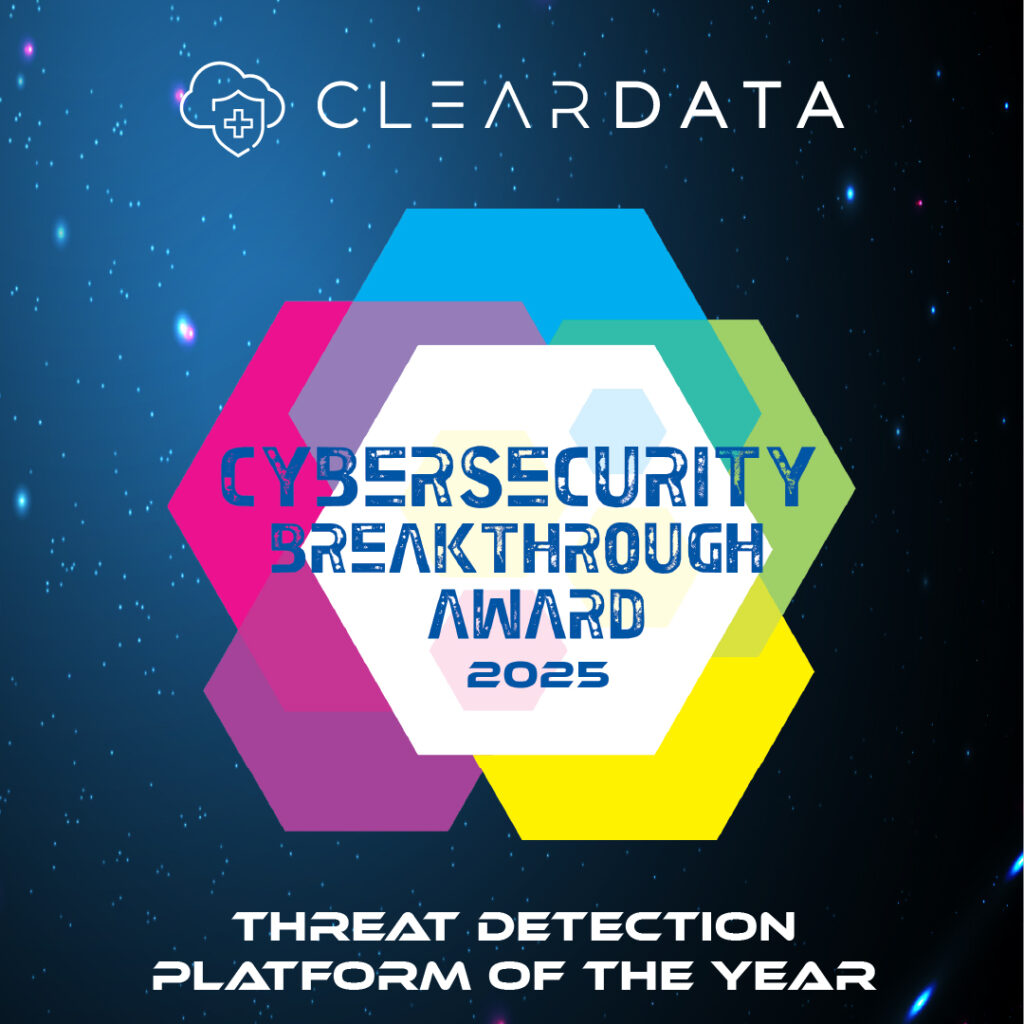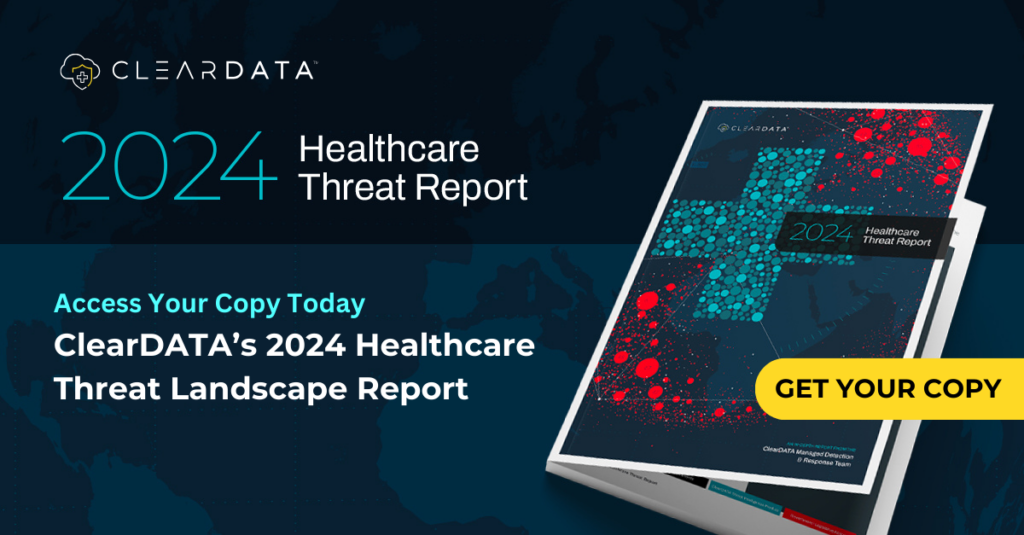Health Data Management: Partly Cloudy, Chance of Sunshine
There’s cloud computing, and then there’s health care cloud computing. And while there’s not necessarily a ton of activity for the former, activity is picking up in the latter.
Cloud computing as commonly defined is when a business gives its data, applications, storage and computational power to a cloud computing provider and accesses those resources via the public Internet. It’s been a godsend for many organizations, most notably small enterprises that can save enormously on infrastructure costs and have access to highly skilled I.T. expertise that they couldn’t afford otherwise. Salesforce.com and Amazon.com have quickly become giants in the “public” cloud service sector thanks to the convenience and low start-up costs for their services. International Data Corp., a technology research firm, estimates in a recently released report that the cloud software market reached $22.9 billion in 2011, a 31 percent year-over-year growth increase. The market is expected to reach $67.3 billion by 2016 at a compound annual growth rate of 24 percent. IDC also estimates that small businesses-defined as those with 100 or fewer employees-spent $3.5 billion on cloud technologies in 2011, or about 7 percent of the $53 billion the small business segment spent overall on I.T. expenditures.
Cautiously enthusiastic
That enthusiasm for remotely hosted services and low-cost infrastructure is shared by the health care industry, but not necessarily in the same way, or to the same degree, as industries such as construction or retail.
KLAS Enterprises, a Utah-based health care I.T. research firm, polled nearly 100 provider organizations for a 2011 “perception” study of cloud computing. Right off the bat, Erik Westerlind, the report author, had to sift through how respondents-of which nearly 70 percent were C-level executives-defined cloud computing.
“We ran into a lot of cases where executives would tell us that yes, they use the cloud because they’re having their electronic health record remotely hosted by Cerner, for example,” he says. “But those types of services are not really how “The Cloud” is typically defined outside this market-yes, they’re remotely hosted, but the applications are running via direct connections to Cerner’s data center, and all their information is housed in one place, Kansas City.”
Some of the confusion about how to define cloud services is due to the “cloud washing” going on-rebranding application service provider or application hosting services as “cloud” solutions.
“True” cloud service is virtualized, elastic, scalable, metered out and resides on pooled or shared resources on the Web. Respondents mentioned every one of these attributes, but only a few mentioned them all, according to the KLAS report.
The health care execs most commonly used two attributes-an application was remotely hosted, and it was available via the Web-to define the cloud.
The bottom line is that interest in the cloud is strong in health care, but neither KLAS nor other industry experts expect a stampede of providers to a public cloud environment where their data is stored and accessible via the public Web.
Not surprisingly, data security and privacy, and lack of control, are the top concerns of health care execs. And while health care is-has to be-downright obsessive about security and privacy, those concerns are not exclusive to the industry. The IDC report and other cloud research finds the top drawback for adopting cloud services is data security.
“One hospital CIO summed it up pretty neatly-he noted that he has to go before his board of directors every year and attest to them that the hospital is compliant with HIPAA regulations, one requirement being that he certifies that he knows where its data resides,” Westerlind says. “In a public cloud that data could be anywhere in the world. That pretty much sums up why many are taking a cautious approach to public cloud services.”
But then again, interest is high in cloud computing, and 55 percent of respondents to the KLAS survey are currently deploying some part of their I.T. environment in the cloud, where the definition was the delivery of storage solutions, software solutions, or both over the Web.
At this point, much of the industry’s interest is focused on creating private clouds that enable providers to keep control of their data by either storing it on virtual servers they own, or putting it on dedicated virtual servers owned by trusted third parties.
A lot of the future of health care cloud computing hinges on trust. While much has been made of the reluctance of health care organizations to use the cloud, another roadblock has been the lack of cloud service providers willing to take on the burden of handling health care data, says Jeffrey White, a principal at Pittsburgh-based Aspen Advisors, a health care consultancy.
Market reluctance
“There’s been a reluctance on the part of cloud platform providers to sign HIPAA business associate agreements, which has really hampered the development of truly cloud-based services in the market,” White says.
As a result, many organizations are using hosting services from established health I.T. vendors, which provides some but not all of the benefits of a Web-based cloud environment. However, the cloud is coming, thanks in part to the health care industry’s increased focus on collaboration and consumerism.
Dignity Health provides a good example of how and why cloud computing is starting to carve out a health care space.
Dignity Health is massive, encompassing more than 40 hospitals, operating in 17 states, and with 60,000 providers working at its facilities. Not surprisingly, the health system has a large and skilled I.T. department and a massive technological infrastructure. But while it has the internal capability to meet pretty much any data demand thrown at it, Dignity Health is putting more and more information on a cloud platform managed by a third party, says Scott Whyte, the vice president of I.T. connectivity.
The impetus behind most of its cloud efforts is the need to collaborate with more and more business partners and provide additional services to physicians and patients. And those various projects need to be done yesterday.
“We’re forming an accountable care organization and getting more involved with independent physicians, and everything has to happen fast because we’re dealing with aggressive timelines, either because they’re regulatory timelines or we have competitive pressures,” Whyte says. “While we have the resources to do this internally, our cloud services partner brings a lot to the table-they can spin up data center capacity very quickly, and they have very skilled human resources that augment our own staff.”
In addition, that partner, Phoenix-based ClearDATA Networks Inc., serves only the health care market, and consequently is steeped in the sometimes esoteric health security and privacy requirements required, Whyte says.
And while it might not matter in every case and to all providers, the cloud services also enable Dignity to expand its I.T. environment using operating expenses instead of capital outlays for more servers and other infrastructure, he adds.
Dignity Health also has found that many of its new partners, be they competing hospitals, or insurers or independent physicians, want to have all the collaborative data stored in “neutral” territory separated from their larger infrastructures, Whyte says.
Not only are there competitive reasons to want to ensure the data is on neutral ground, but it also means there are fewer legal and compliance hoops to jump through to share the necessary data, which enables the organizations to speed up the development timelines.
Sharing metrics
One example is the physician metric reports being used for the emerging ACO, Whyte says. “That’s an application that is really well-suited for a Web-based cloud environment: we need to share data among partners and make it widely accessible to physicians using all different types of devices to access it.”
Cloud computing at Dignity will grow, but likely won’t encompass its core legacy systems, Whyte says. “We are not fork-lifting legacy applications to the cloud: We use Cerner Corp.’s hosting services for our EHR, and we have no plans to move our core financials [from Lawson Corp.] to a cloud environment. We are using the cloud for the new types of collaborative applications we need to offer.”
Collaboration doesn’t necessarily have to be external, either.
As health systems continue to grow through consolidation and buying up physician practices, the management of internal data needed for collaborative efforts is getting more complex.
Jonathan Teich, M.D., the chief medical information officer at Elsevier Corp. and a practicing physician at Brigham and Women’s Hospital in Boston, says the use of cloud platforms for knowledge is far less daunting than the idea of changing the entire computing paradigm.
Elsevier, an Amsterdam-based provider of clinical decision support information, plans to soon make a new service generally available that enables health systems to manage and maintain their clinical order sets via a cloud service.
“Health systems with hundreds or thousands of order sets have a hard time having local staff maintain them, and many are widely dispersed, which makes it more difficult to collaborate,” Teich says.
That idea of fork-lifting core applications into a cloud environment is a task that many providers seem unwilling to tackle at this point. Much of that big legacy technology, as White from Aspen Advisors points out, is built of proprietary architectures that are not well-suited to transition into a cloud environment.
Not only that, but most cloud providers at this point can’t guarantee the reliability and service levels health care organizations require for those applications. “When it comes to core systems, providers have invested heavily in the infrastructure around them, including investments in virtualizing their servers and to provide a level of redundancy, that they’re uncertain they can get from a cloud platform. If you look across different industries, including the financial sector, you’re seeing cloud adoption, but they’re not running their businesses over the cloud.”
Dan Riskin, M.D., CEO of Menlo Park, Calif.-based Health Fidelity and consulting assistant professor at Stanford University, says that his is one of a new wave of health care cloud companies providing a low-cost bridge to convert data into knowledge.
Health Fidelity uses natural language processing technology-which incorporates the Medical Language Encoding and Extraction system from Columbia University-to identify and encode clinical information in caregiver narratives to standard code sets, such as ICD-9 and 10, CPT-4 and LOINC.
The company works with solution providers to standardize all that unstructured data in feeds from providers for use in analytics, revenue cycle and compliance efforts. “Even with the all the efforts at making health care all about discrete data, around 80 percent of the clinical information is unstructured in clinical notes,” he says.
Mining the mountain of unstructured data takes a lot of computational power. Cloud platforms, Riskin says, are ideally suited for the task.
“Analytics requires processing power and expertise, and cloud computing is proving in health care and other markets that it can deliver faster and cheaper than internal resources,” he says. “What we and other start-ups in this space are doing is bypassing the manual processes of data collection and standardization that take such an enormous amount of time and resources to perform.”
In Riskin’s mind, new health I.T. start-ups, many of which are using cloud computing platforms, are the ones that can work with the data holders in the market-the hospitals, practices and health information exchanges among them-and find ways to embed new knowledge into care processes.
“What the country bet on, and is paying for, is that if the industry can digitize its information, it could make it rapidly useful for those innovative approaches to improve care.” Riskin says. “That simply isn’t going to happen if health systems and hospitals are trying to use internal resources to mine their Big Data. Cloud computing platforms enable processing power to be spun up, and adjustments to be made on the fly. “When I think about the power and flexibility of cloud computing, I’m frankly shocked that we’re still having multi-million dollar, on-site installs.”
Article originally posted February 1, 2013 at:
http://www.healthdatamanagement.com/issues/21_2/Partly-Cloudy-Chance-of-Sunshine-45626-1.html


